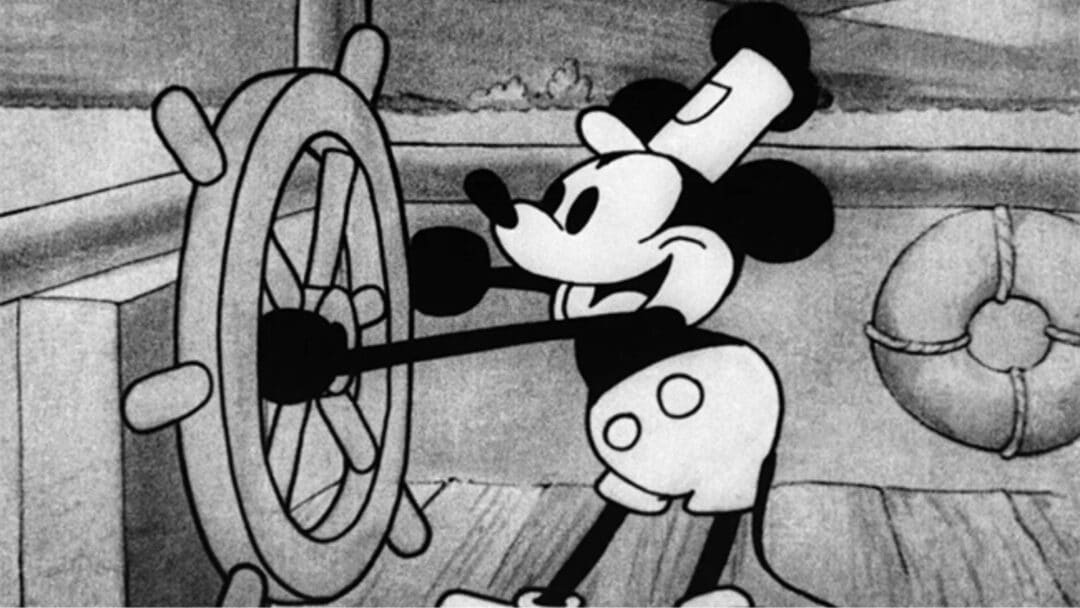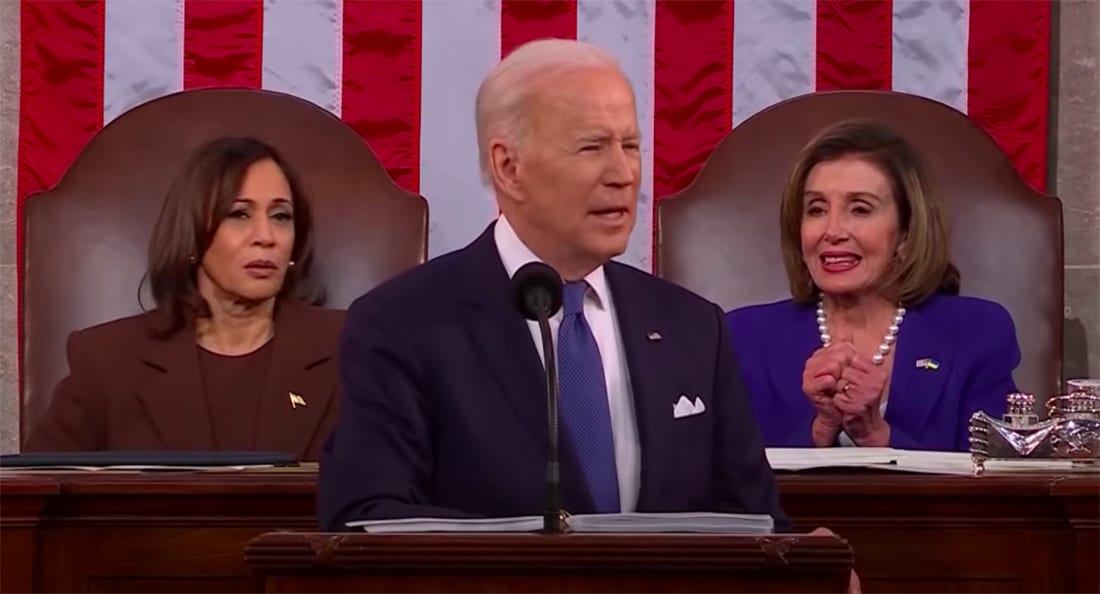

The Benefits and Triumph of Public Domain Over Disney’s Empire of Lobbying
After nearly a century under Disney’s copyright control, Mickey Mouse, the famed cartoon character, has now entered the public domain in the United States as of January 1st, 2024. This transition includes the earliest versions of Mickey Mouse as depicted in “Steamboat Willie” and a silent rendition of “Plane Crazy.” Additionally, an early rendition of Minnie Mouse also joins the public domain. While various layers of legal protection still shroud Mickey, this development marks a long-anticipated milestone for proponents of the public domain, alongside other notable works becoming publicly accessible.
The case of ongoing characters like Mickey Mouse highlights the complexities of copyright law. The public domain version of Mickey does not include significant alterations made in later works, such as the “Sorcerer’s Apprentice Mickey” from the 1940 Fantasia movie. Furthermore, creating works that misrepresent themselves as Disney productions or official merchandise is prohibited, as Mickey Mouse remains a registered Disney trademark.
Few symbols have stood the test of time like Disney’s iconic Mickey Mouse. But beneath the cheerful exterior of this beloved character lies a fiercely guarded empire, a testament to Disney’s unyielding efforts to extend the copyright of its most famous resident.
Since his debut in 1928, Mickey Mouse has not only been the face of The Walt Disney Company but also a litmus test for copyright law in the United States. With each approaching expiration of Mickey’s copyright, Disney has launched aggressive campaigns to ensure its prized asset remains under its wings, away from the public domain.
The story of Mickey’s copyright is a saga marked by relentless lobbying and strategic maneuvering. Disney’s first major victory came in 1998, a few years shy of the original copyright expiration of Steamboat Willie.
In the swirling cauldron of Washington lobbying, few tales are as revealing as Disney’s Herculean effort to extend the life of its copyright treasure trove.
The story begins in the early 1990s, when Disney, along with other copyright holders, faced what they thought was a looming crisis. The iconic Mickey Mouse was set to enter the public domain. This would have meant that Mickey, the cornerstone of Disney’s intellectual property empire, would be free for anyone to use without paying licensing fees. For Disney, this was an untenable prospect, threatening the commercial cornerstone of their vast entertainment empire.
Recognizing the stakes, Disney launched an unprecedented lobbying effort. Spearheaded by then-CEO Michael Eisner, the company used its considerable influence in both Washington and the court of public opinion. Disney’s strategy was multifaceted and sophisticated, leveraging its extensive network of relationships, from Capitol Hill lawmakers to influential figures in the entertainment industry.
One of the key strategies employed by Disney was the cultivation of bipartisan support. The company made significant contributions to both Democratic and Republican campaigns, effectively ensuring that its voice would be heard across the political spectrum. Moreover, Disney’s lobbying was not limited to direct interactions with lawmakers. The company also engaged in a broader campaign to shape public opinion, highlighting the importance of copyright for the protection of American creativity and innovation.
Disney also leveraged its vast media resources and cultural influence to disseminate its message. Through its television networks, publications, and other media outlets, Disney presented stories and editorials that highlighted the importance of copyright in protecting artists and their creations. They showcased how copyright not only benefited large companies like Disney but also individual artists, writers, and musicians. This narrative was designed to resonate with a wide audience, from the creative community to the general public, emphasizing the broader implications of copyright law on creativity and cultural preservation.
In addition to traditional media campaigns, Disney engaged in community outreach and educational initiatives. These efforts often involved collaboration with schools, educational bodies, and creative organizations, where Disney representatives would discuss the importance of copyright in nurturing and protecting creative works. By associating itself with educational and cultural development, Disney tried to bolster its image as a champion of creativity, rather than the reality of it being a corporate giant seeking to monopolize cultural icons.
Despite the controversy, Disney’s lobbying proved to be effective. In October 1998, President Bill Clinton signed the Copyright Term Extension Act into law, extending copyright terms by 20 years. This move not only safeguarded Disney’s control over its flagship character but also set a precedent for copyright law in the digital era.
It’s not just Mickey Mouse that enters the public domain this year.
Other significant works are also shedding their copyright protections in the US this week.
Some notable additions include:
- Virginia Woolf’s “Orlando.”
- “Lady Chatterley’s Lover” by D.H. Lawrence, a novel known for its controversy and censorship.
- The play “Peter Pan; or, the Boy Who Wouldn’t Grow Up” by J.M. Barrie.
- “The Threepenny Opera” and “All Quiet on the Western Front” by Bertolt Brecht and Erich Maria Remarque, respectively, both in their original German versions.
- The original German version of the “Threepenny Opera” song “Mack the Knife.”
- A. A. Milne’s “House at Pooh Corner,” which introduced Tigger.
- The film “The Man Who Laughs,” an adaptation of Victor Hugo’s work, noted for influencing the appearance of the Batman villain, the Joker.
- The musical score of Cole Porter’s “Let’s Do It (Let’s Fall in Love).”
M.C. Escher’s “Tower of Babel” woodcut. - “Dark Princess” by W.E.B. Du Bois.
That well-known works are entering the public domain this year is a reminder of its importance.
Historically, copyright terms were much shorter. The Copyright Act of 1790 initially granted 14 years of protection, with a one-time 14-year renewal option. This framework mirrored the founders’ intention to strike a balance between rewarding creators and benefiting the public.
The entry of copyrighted works into the public domain has profound cultural and economic implications. Once in the public domain, works can be freely accessed, used, and built upon by anyone, sparking creativity and innovation.
The unrestricted access to public domain works allows artists, writers, and creators to draw from a rich tapestry of prior art. Classics like Shakespeare’s plays or Jane Austen’s novels have inspired countless adaptations and reinterpretations, showcasing how public domain works can fuel new creative endeavors.
Educational institutions and researchers benefit significantly from the expansion of the public domain. Students and scholars gain unrestricted access to a wealth of knowledge and resources, facilitating learning and academic exploration.
The public domain also contributes to economic growth. Businesses and entrepreneurs can leverage public domain works without the constraints of licensing fees or legal complexities, enabling the development of new products, services, and artistic works that contribute to a vibrant economy.
The extension of copyright terms in the US has sparked debate among legal scholars, economists, and creatives. Critics argue that excessively long copyright terms stifle creativity and limit public access to cultural heritage. They advocate for shorter terms that more closely align with the original vision of copyright law.
Proponents of longer terms argue that they provide necessary incentives for creators and distributors, particularly in the age of digital reproduction and global distribution.
From timeless literary classics to vintage films and historical music recordings, these resources, free from copyright restrictions, are a goldmine for entertainment and research.
Here are some great sources:
Project Gutenberg: A pioneering digital library with over 60,000 free eBooks, including classics like “Pride and Prejudice” and “Moby Dick”. Available in various formats like ePub, Kindle, and plain text.
Internet Archive: Boasting a vast collection, it’s ideal for accessing rare books, historical texts, and even contemporary works donated by authors.
Google Books: Offers a sophisticated search engine to filter public domain texts. Especially useful for academic research, providing snippets and full views of books depending on their copyright status.
Exploring Public Domain Films
Internet Archive’s Movie Collection: Discover a variety of films, including silent movies, government propaganda, and old cartoons. Noteworthy collections include the Prelinger Archives and Feature Films.
Public Domain Torrents: Ideal for enthusiasts of classic cinema, offering a unique collection of movies downloadable via BitTorrent.
YouTube Public Domain Channels: Channels like “Public Domain Full Movies” and “Timeless Classic Movies” offer a range of films from different genres, though it’s important to verify the public domain status.
Accessing Music in the Public Domain
Free Music Archive: While not all music here is in the public domain, the site offers a substantial selection that is, spanning various genres.
Musopen: A haven for classical music lovers, providing free access to public domain classical music recordings and sheet music.
The Internet Archive’s Audio Archive: Features a collection of audio recordings ranging from music to news broadcasts, with an emphasis on older, public domain recordings.
Legal Aspects and Verifying Public Domain Status
Understanding the Public Domain: Delve into what makes content public domain, typically works whose copyrights have expired.
Tools for Verification: Use resources like the US Copyright Office and Cornell University’s Copyright Term and the Public Domain in the United States chart to verify the public domain status of a work.
Practical Applications
For Personal Enjoyment: Tips on creating a personal library of classics or curating playlists of vintage music.
For Academic Use: How to cite public domain materials in research, and leveraging these resources for educational purposes.
While you’re looking into public domain content, it’s worth taking a look at our guide on Open, DRM Free Alternatives to Audible.




